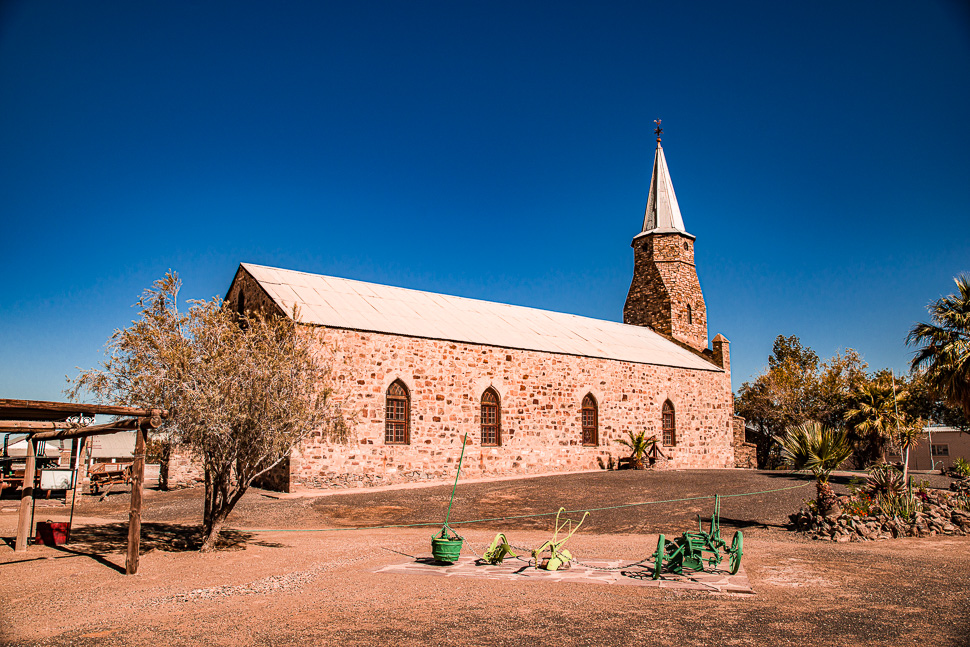
From the Fish River Canyon, we came past the Norte Dam, where we stopped for the night, before we reached Keetmanshoop, the biggest town in the South of Namibia. We did some shopping here, but also went to the museum. In the afternoon we drove 40 kms further east to the Mesosaurus Fossil Camp.
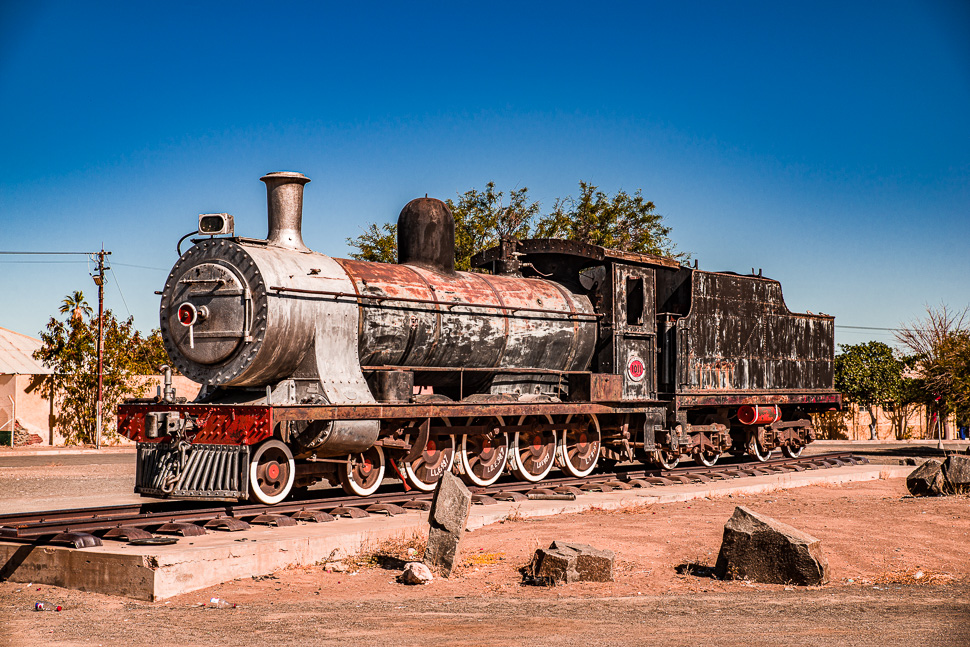
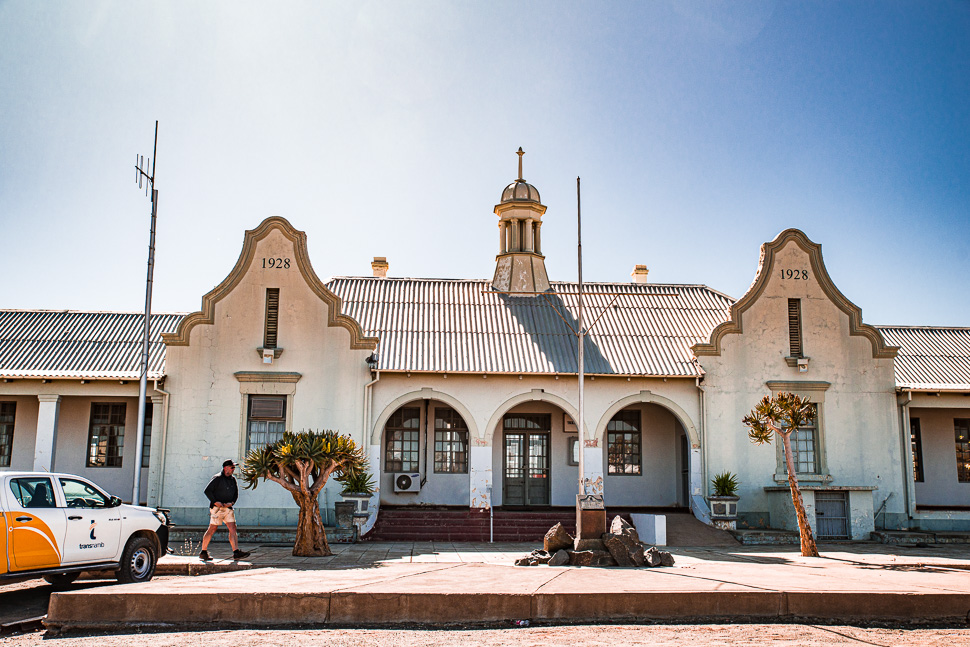
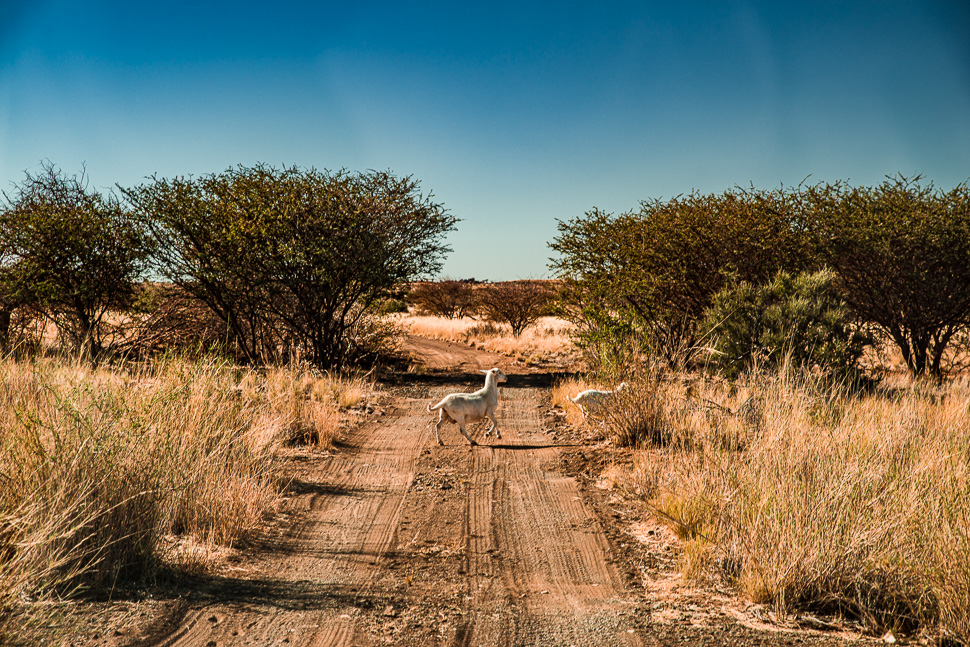
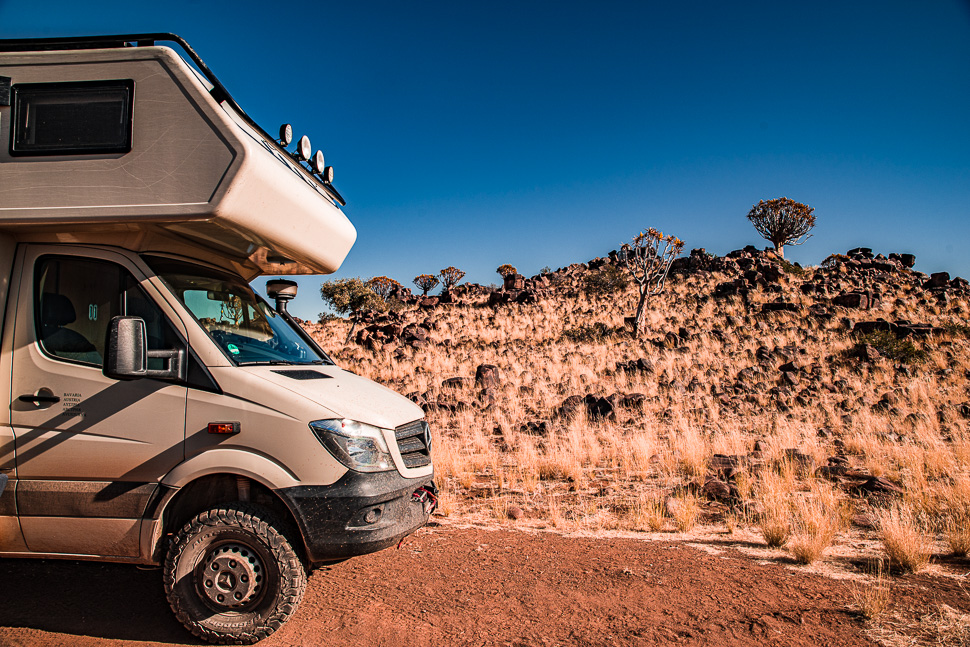
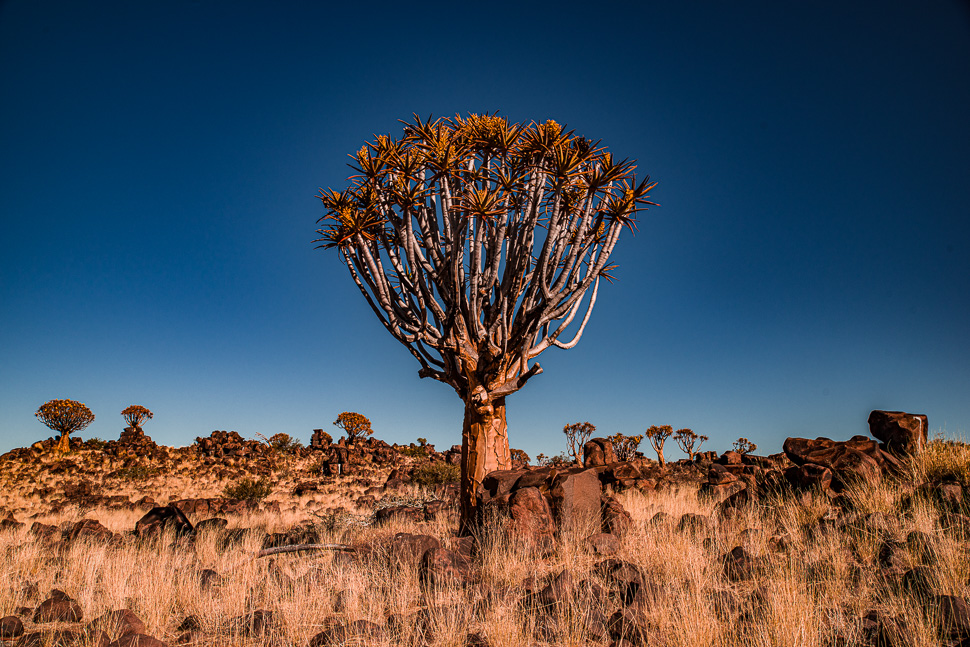
The Mesosaurus Fossil Camp lies between hills of dolerite and quiver trees. It has a simple building with toilet and shower (heated by firewood). As the only campers there, we enjoyed this secluded place very much. We went on a hiking trail, which led us through this fascinating landscape.
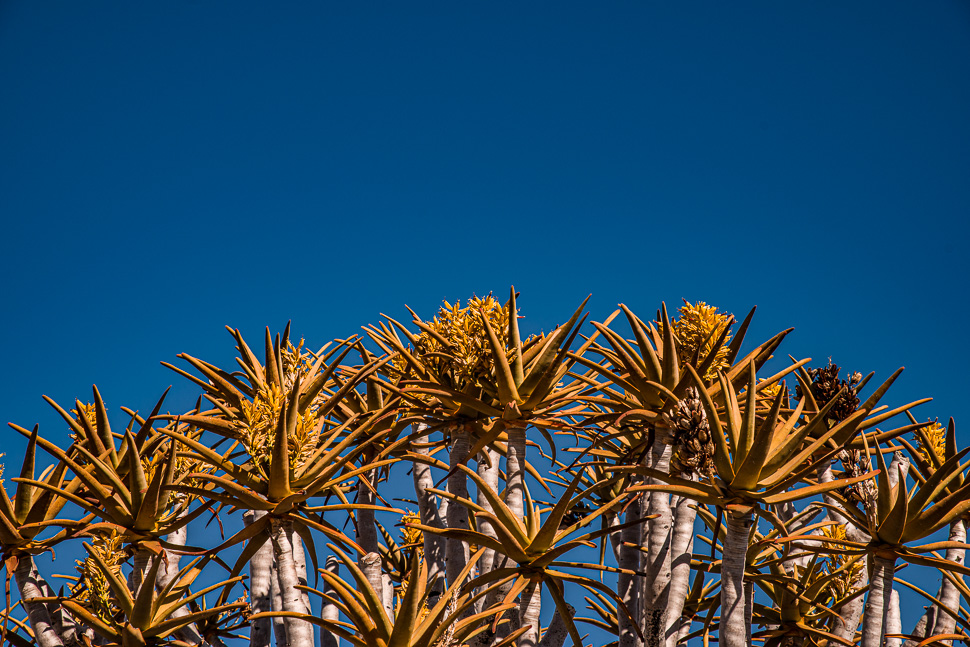
A quiver tree is actually a succulent plant, indigenous to this region. It gets its name from the San people practice of hollowing out the tubular branches to form quivers for their arrows.
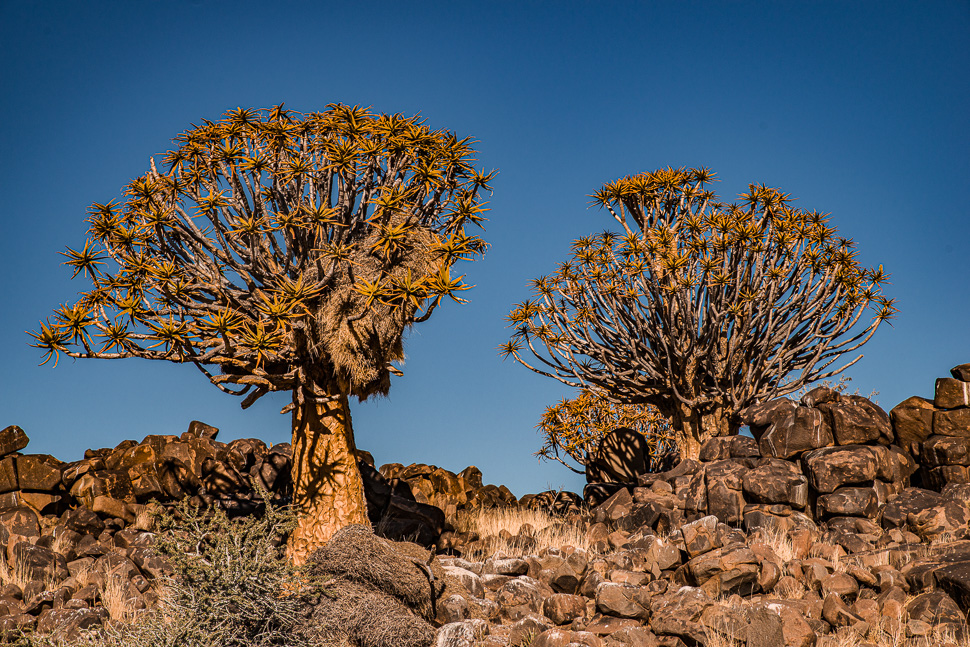
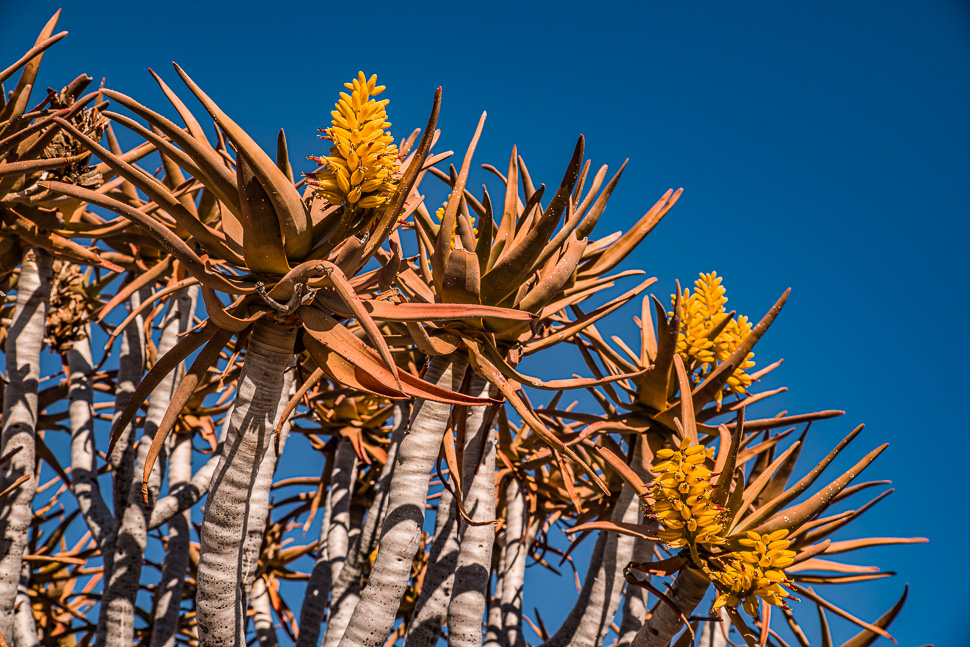
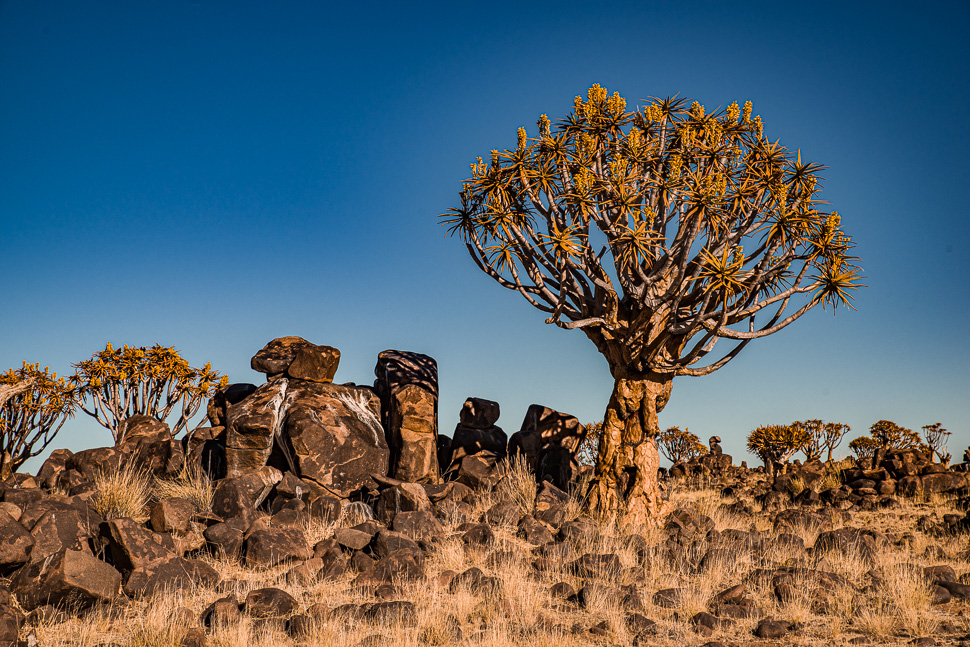
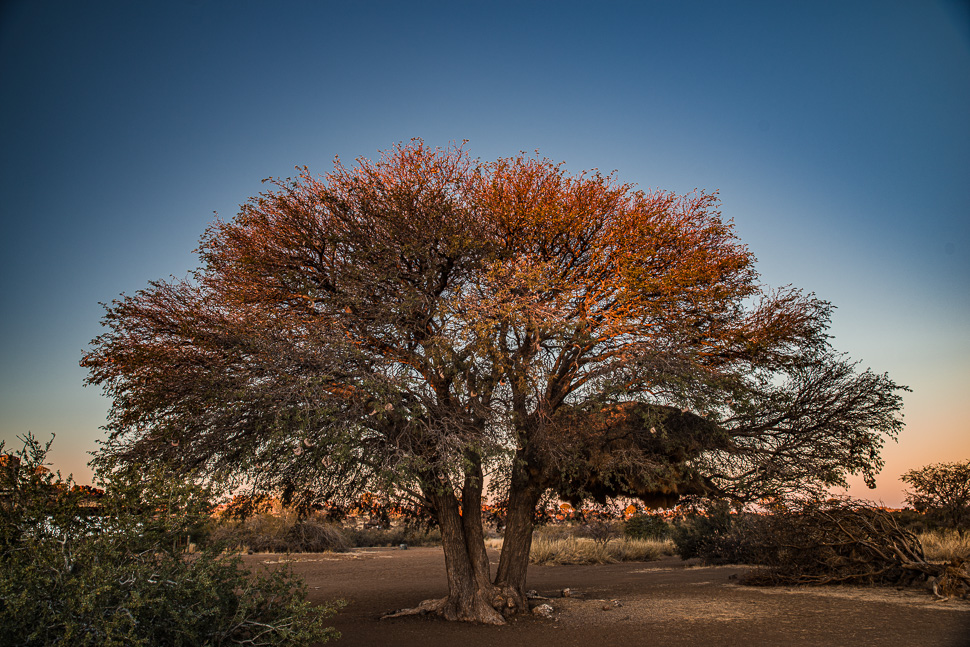
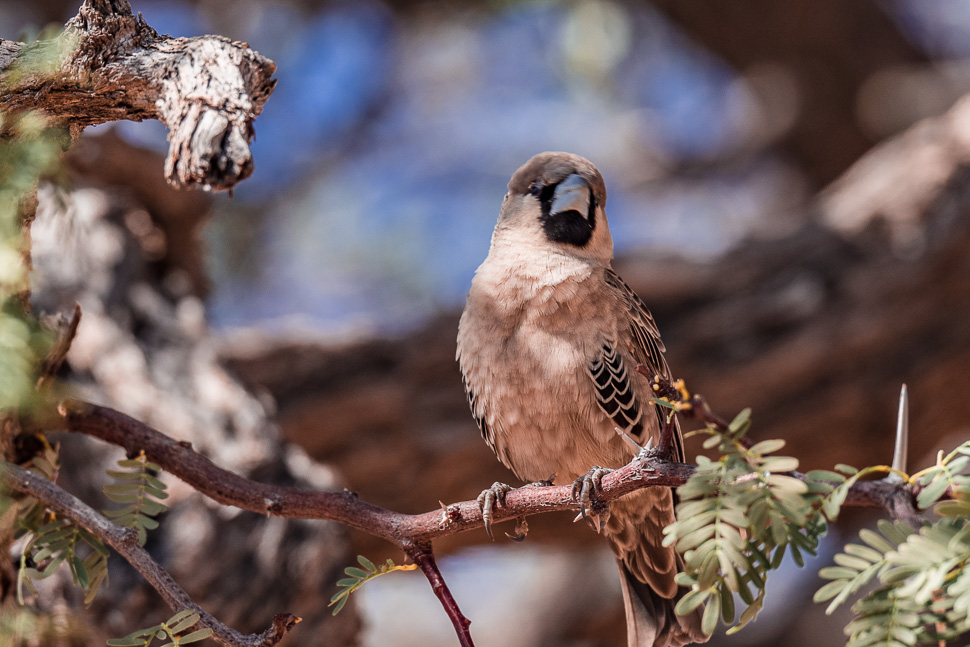

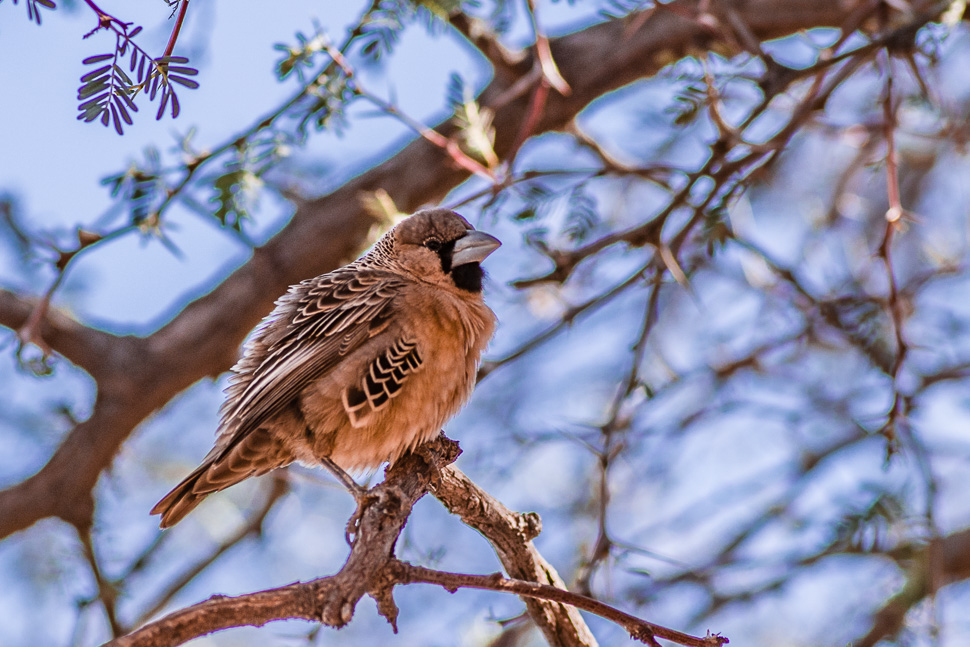

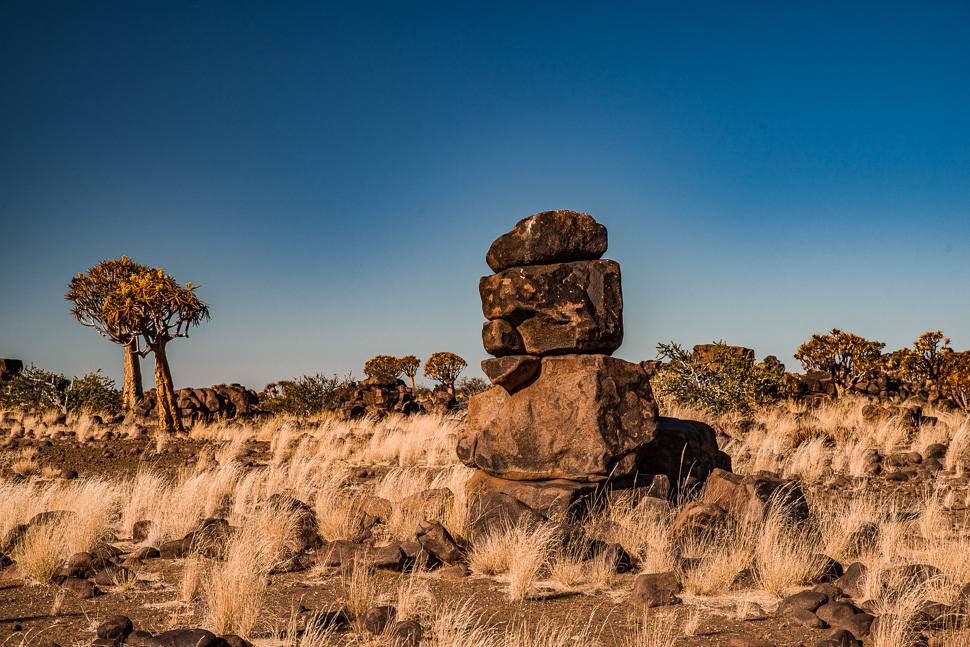
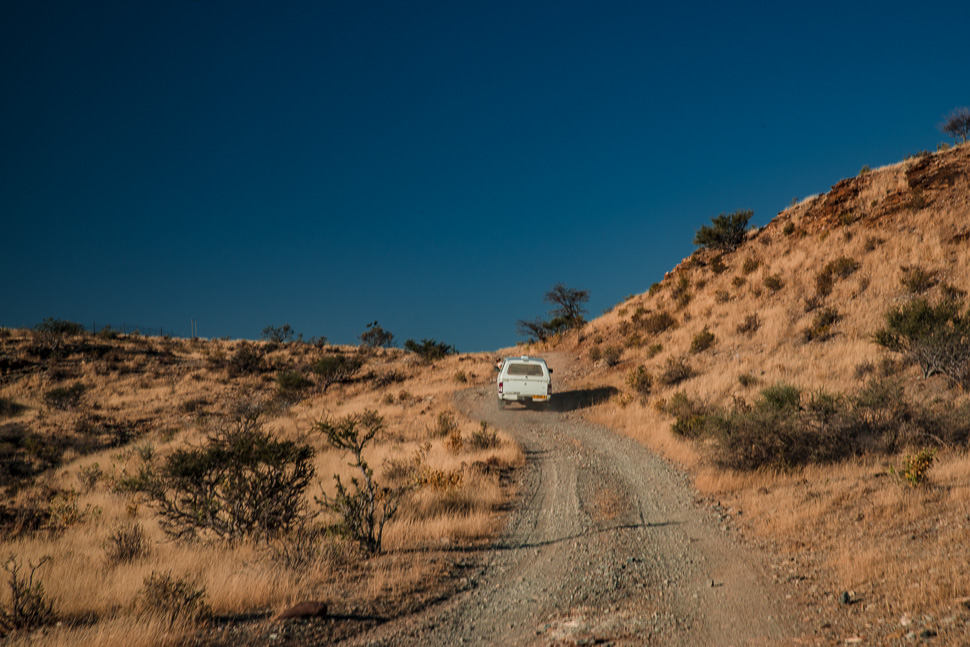
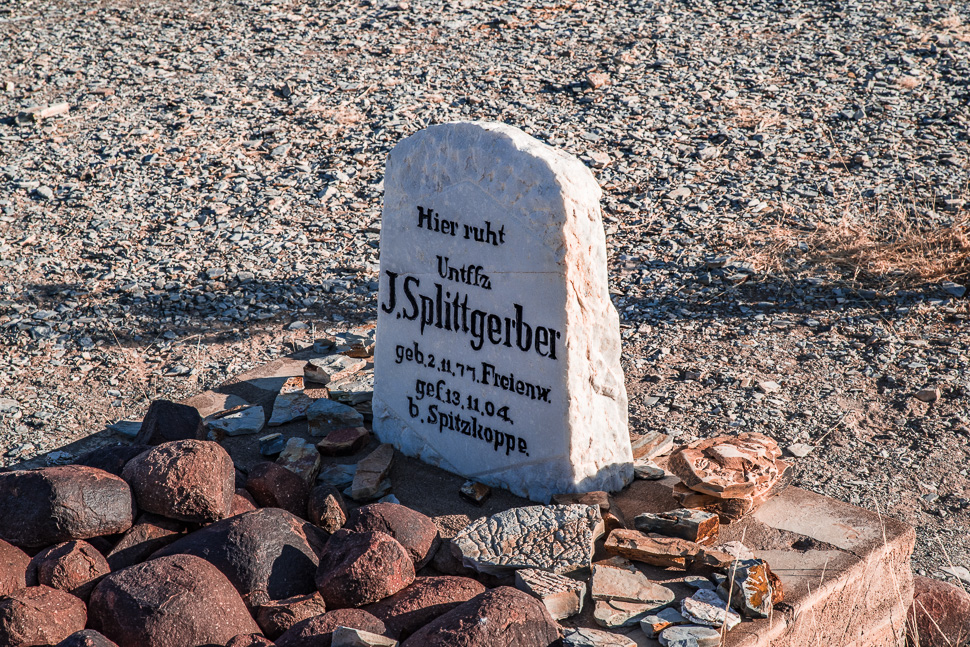
This German soldier died on this spot at the Spitzkoppe Farm during an ambush in 1904. Historians found records, that J. Splittgerber had left Germany 4 month earlier to serve in German Namibia with the Schutztruppe.
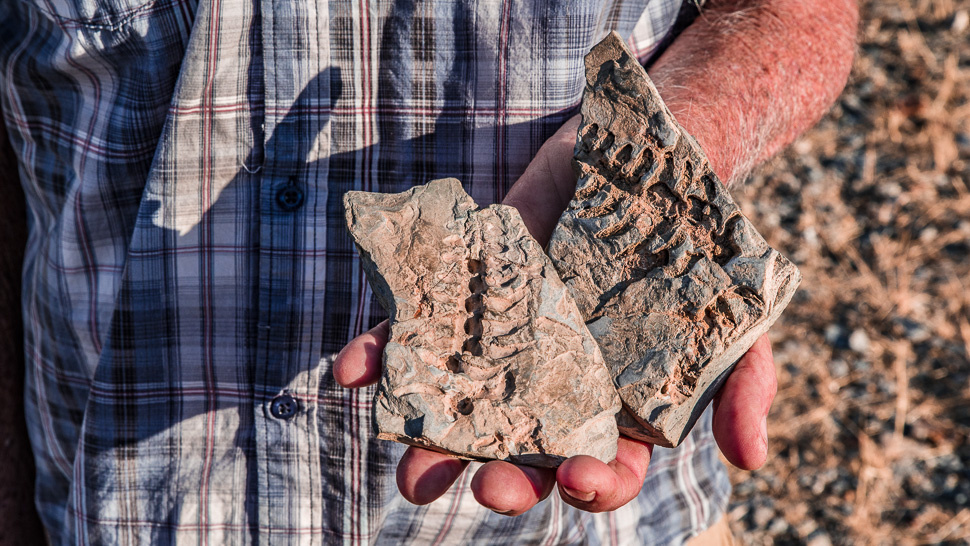
Gil showed us, where he found incredible fossils. It turned out, that the creatures he had discovered were mesosaurus.
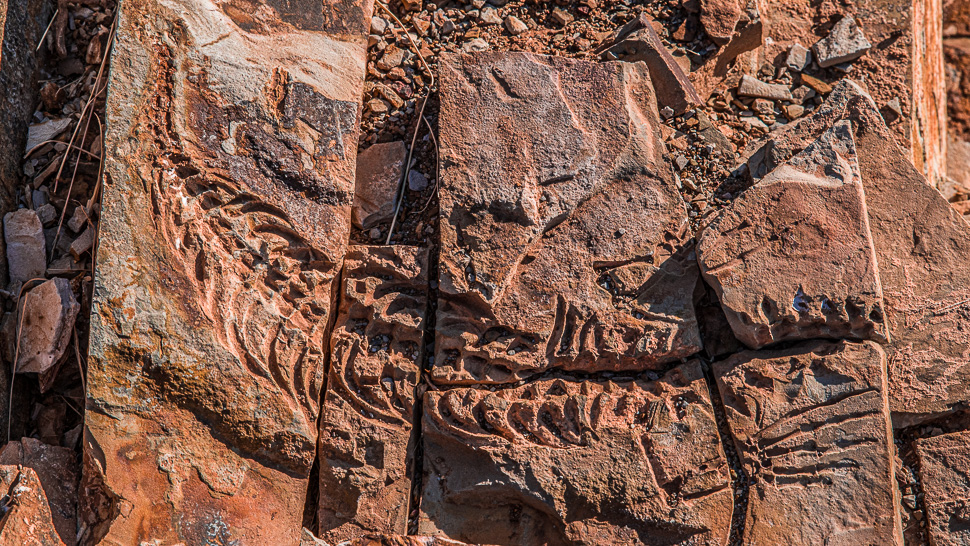
A mesosaurus is an extinct reptile from the Early Permian (290 to 279 million years ago). It was a relatively small, slender reptile about 40 cm long. The mesosaurus lived on and in a vast lake or inland sea that stretched across what is now southern Africa and eastern South America. Mesosaurus was significant in providing evidence for the theory of the continental drift, because its remains were found in two widely separated regions. This indicates that the two continents once were joined together.
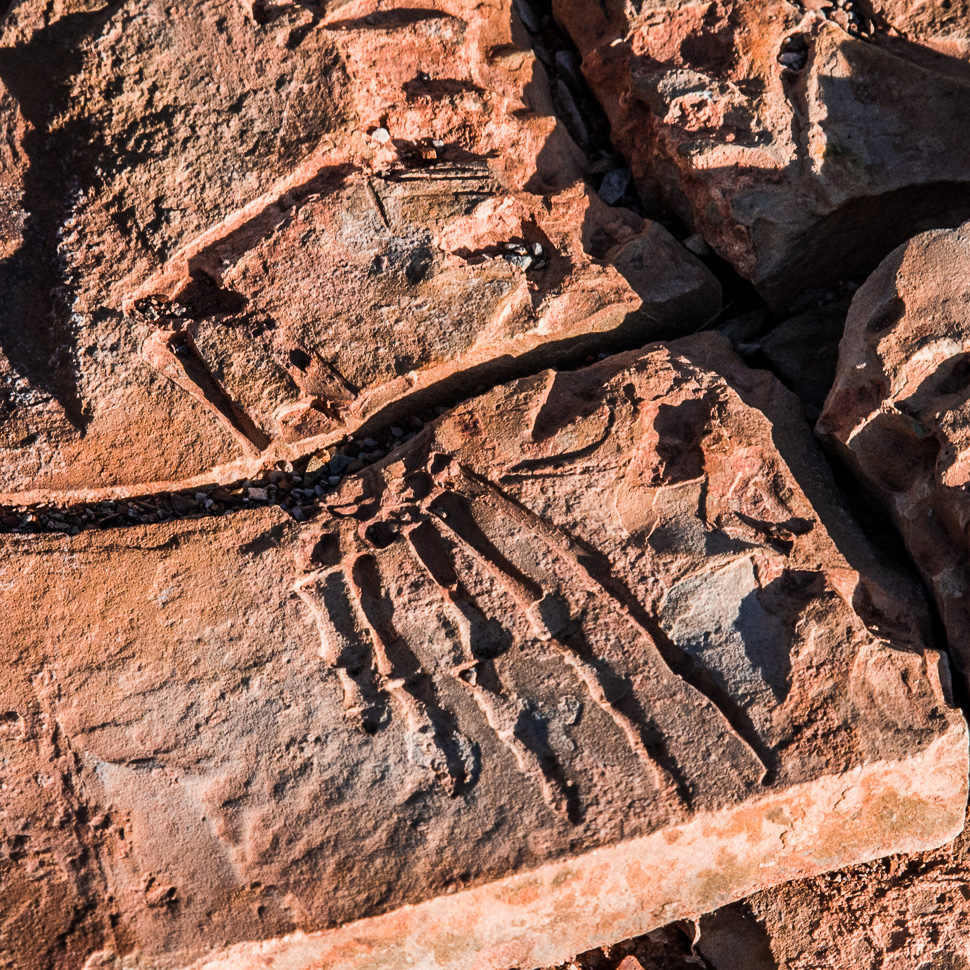
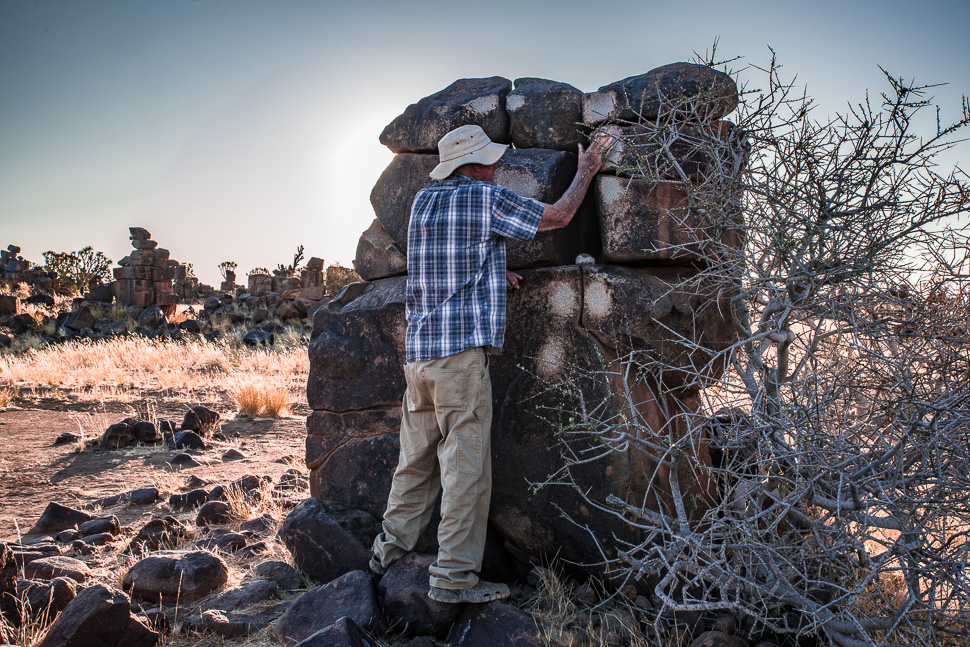
But Gil had some more things to show us. The dolerite stones, which are piled everywhere on his farm, also serve as music instrument. He played 2 songs for us on these rocks.
Dolerite is a subvolcanic dyke rock, chemically and mineralogically equivalent to volcanic basalt. The dolerites are most widespread in the southern parts of Africa, South America and Antarctica, which experienced violent magma upwelling and volcanism when the Gondwana ruptured. The dolerites near Keetmanshoop are part of one of the largest magmatic events in Earth’s history. Woolsack weathering and erosion turned the dolerite into these stones we see now.
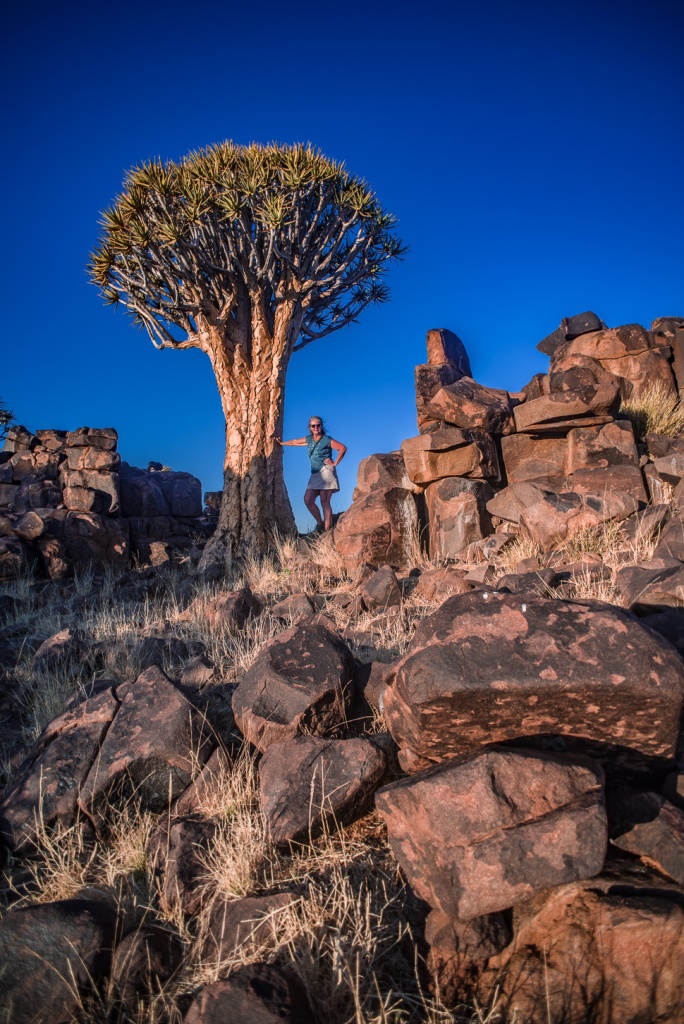
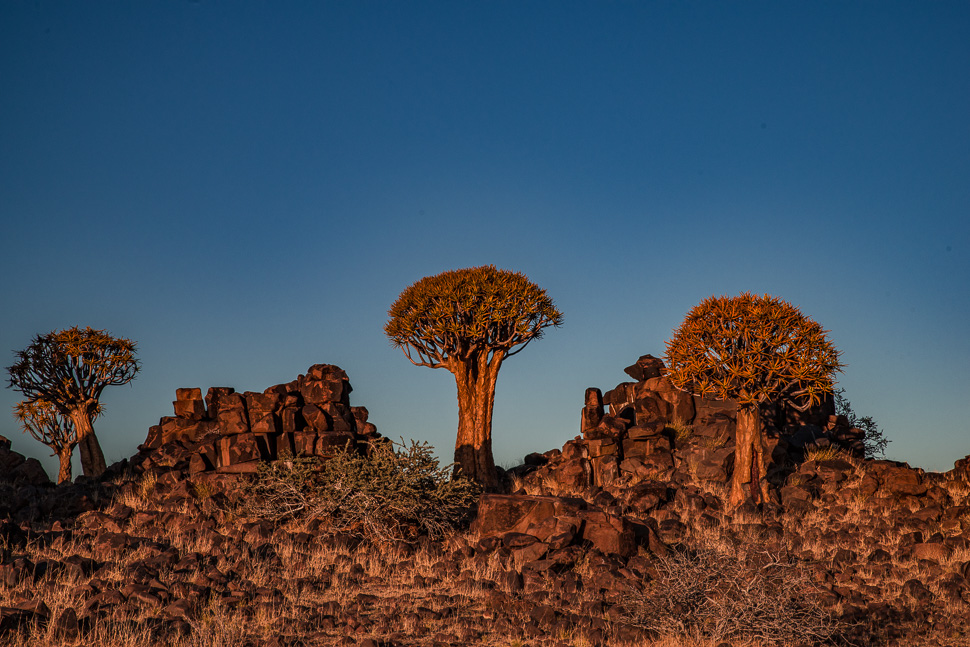
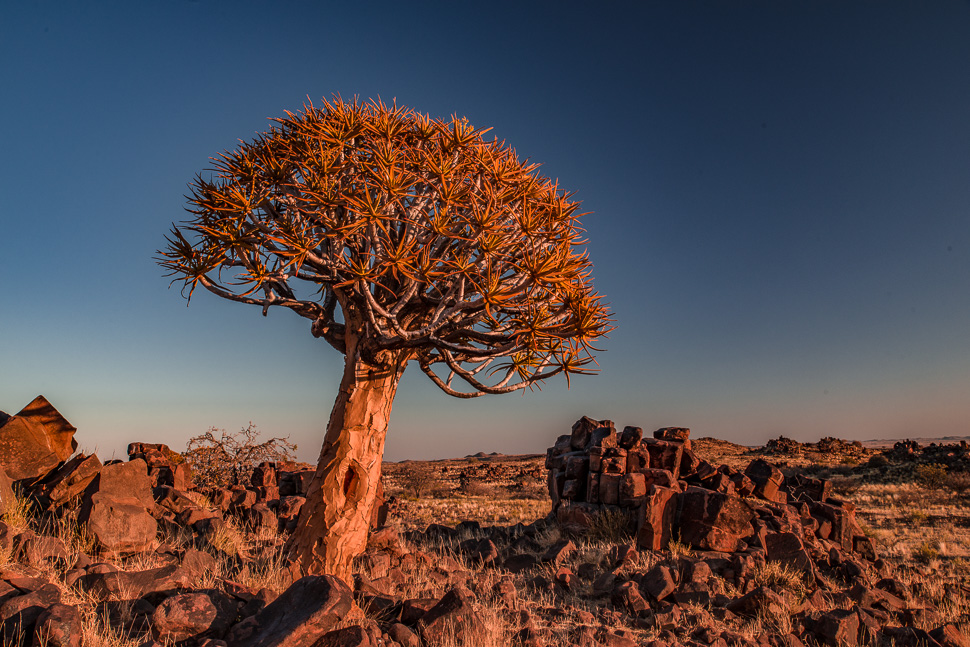
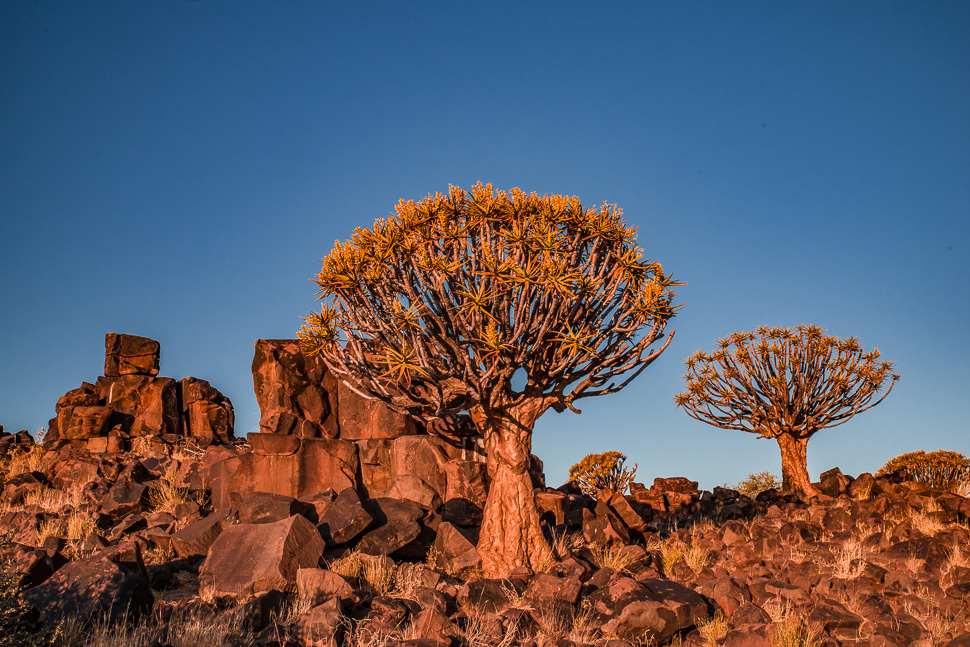
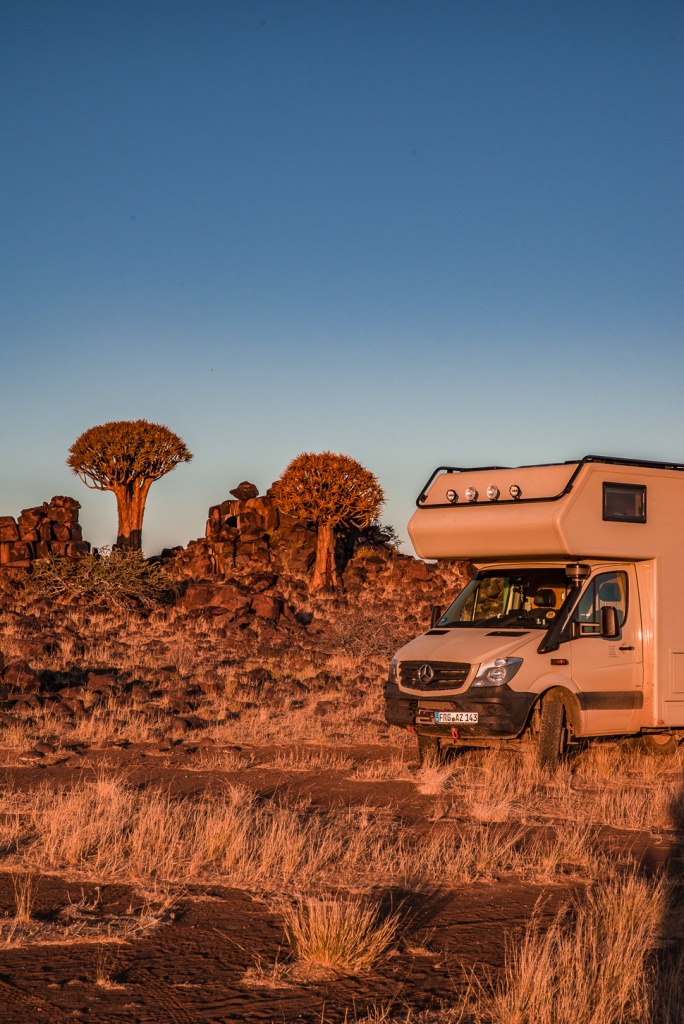
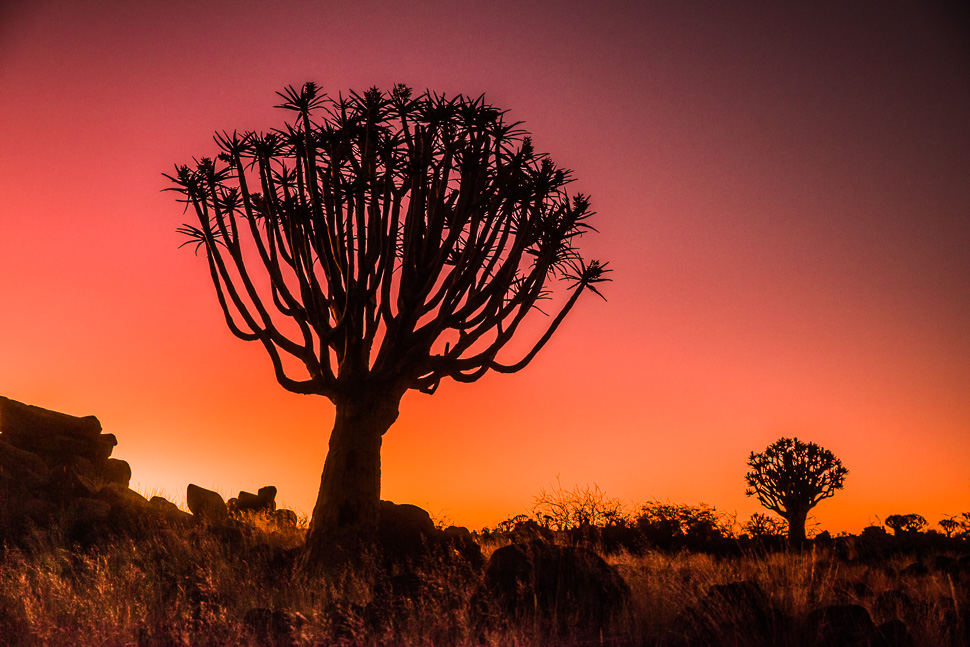
From Keetmanshoop with its dolerite, quiver trees and fossils we will make our way to a crater – more on our next post!
